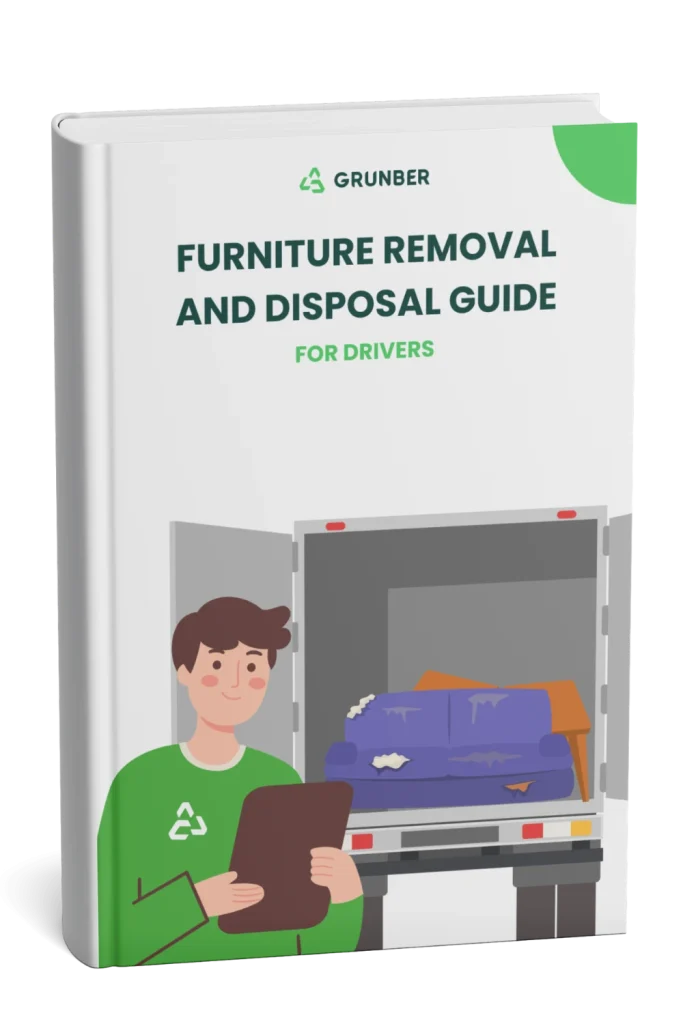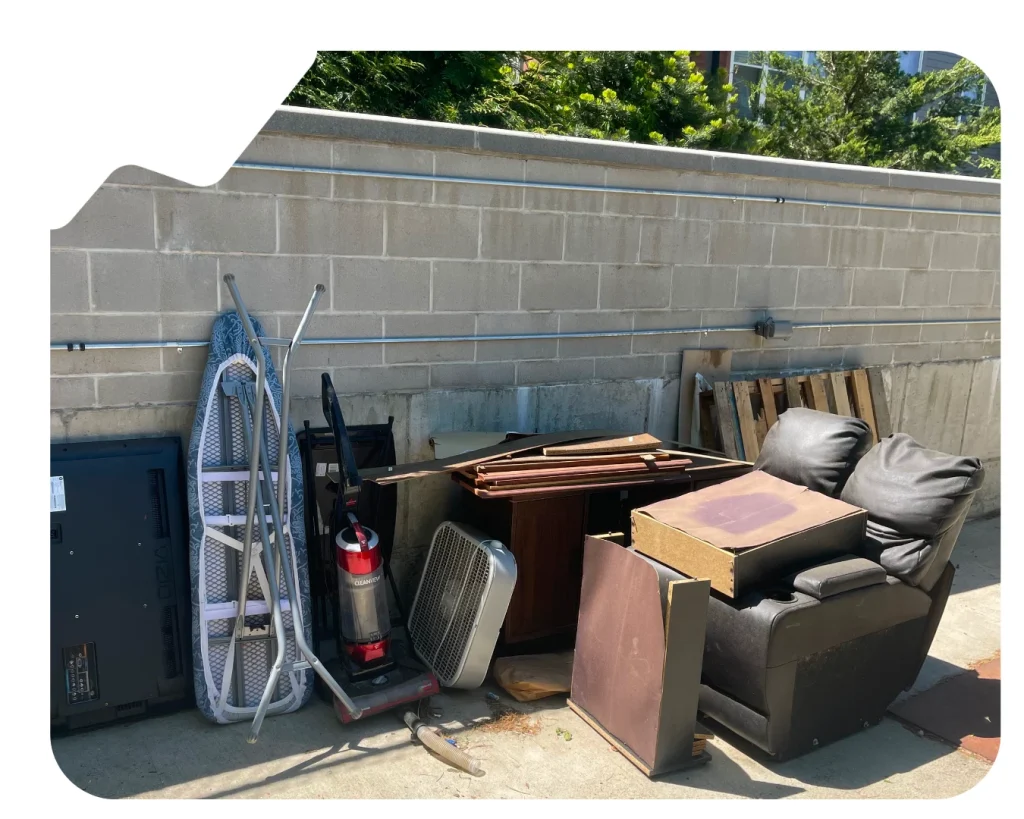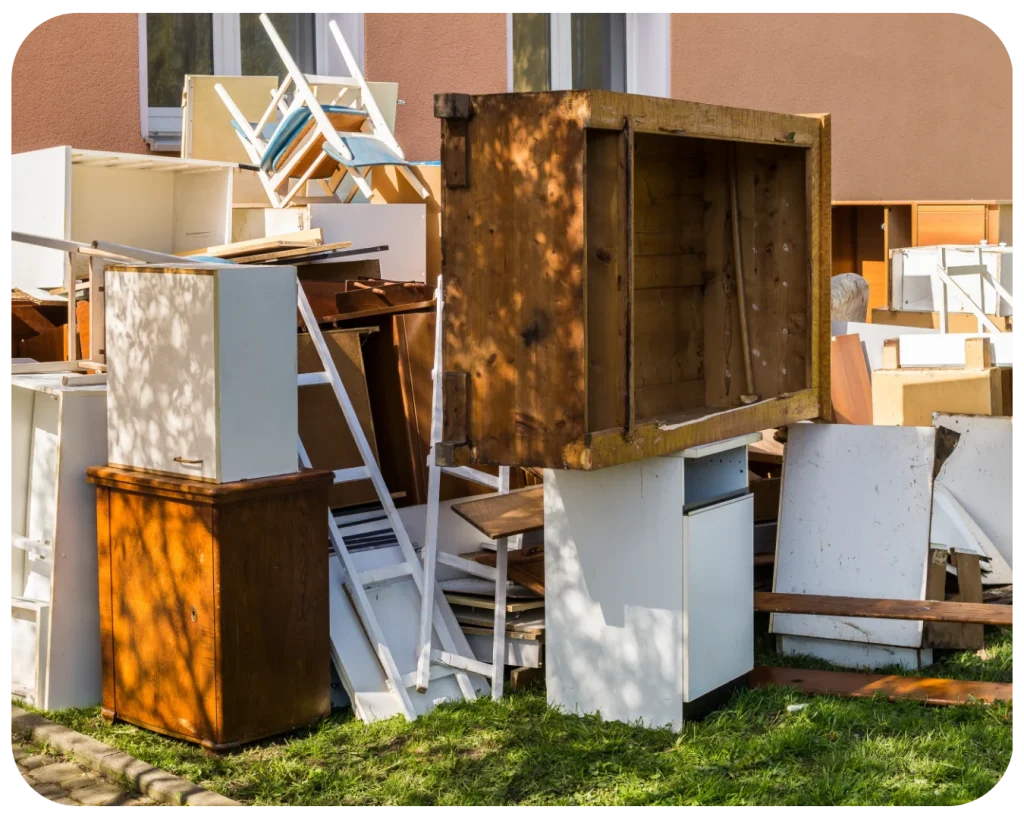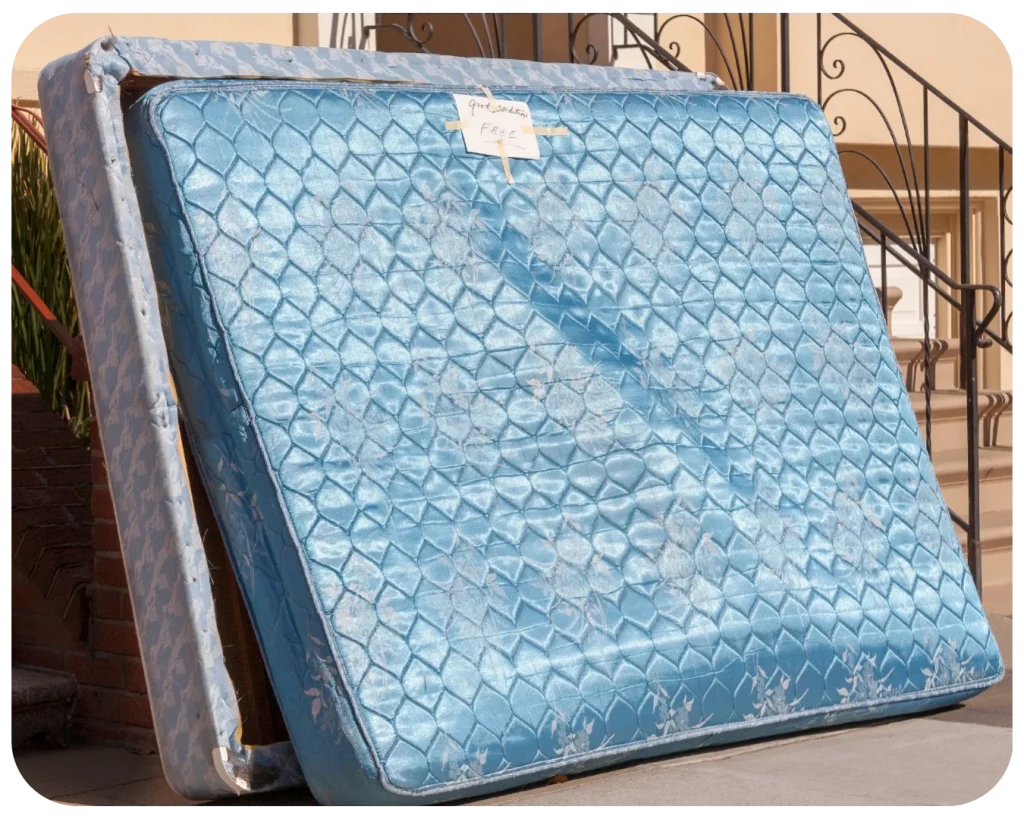made by Grunber
Welcome to the Grunber Hauler’s Guide! As a local driver partnering with Grunber, you are an essential part of our mission to provide fast, eco-friendly, and hassle-free junk removal services, including expert furniture removal, across the USA.
This guide is designed to help you perform furniture removal jobs with the highest standards of professionalism, care, and efficiency, ensuring customer satisfaction and promoting sustainable disposal practices.

Your interaction with the customer begins before you even arrive. Being prepared ensures a smooth process and a positive experience for the client.


Looking to get more jobs and maximize your earning potential? Join Grunber’s Driver Network and connect with customers who need junk removal services in your area.
Before lifting anything, take a moment to assess the items and the path for removal. This helps prevent damage to the property or the furniture itself and ensures efficiency.


Careful handling is paramount to avoid causing damage to the customer’s property or the furniture itself. This is a critical part of providing exceptional service and building trust.
Once the furniture is safely loaded, transportation to the next step requires attention to detail.



Handle Specific Items Correctly:
By following these steps, you not only ensure excellent service for the customer, protecting their property and maintaining professionalism, but also contribute to a removal experience that is fast, eco-conscious, and rooted in community values.
Don’ts
Do’s:
A: It's important to check the condition of the furniture and if it contains personal items. You should always:
A: Furniture is made from various materials such as wood, metal, fabric, plastic, and glass. Knowing the base material helps with disposal.
Alabama — Alaska — Arizona — Arkansas — Colorado — Connecticut — Delaware — Hawaii — Idaho — Illinois — Indiana — Iowa — Kansas — Kentucky — Louisiana — Maine — Michigan — Minnesota — Mississippi — Missouri — Montana — Nebraska — Nevada — New Mexico — North Dakota — Ohio — Oklahoma — Oregon — Pennsylvania — South Dakota — Tennessee — Utah — Vermont — Virginia — Washington — West Virginia — Wisconsin — Wyoming — California — Florida — Georgia — Maryland — Massachusetts — New Hampshire — New Jersey — New York — North Carolina — Rhode Island — South Carolina — Texas
Discover the most popular services and pages our customers are looking for:
© 2025. All rights reserved by Grunber LLC.